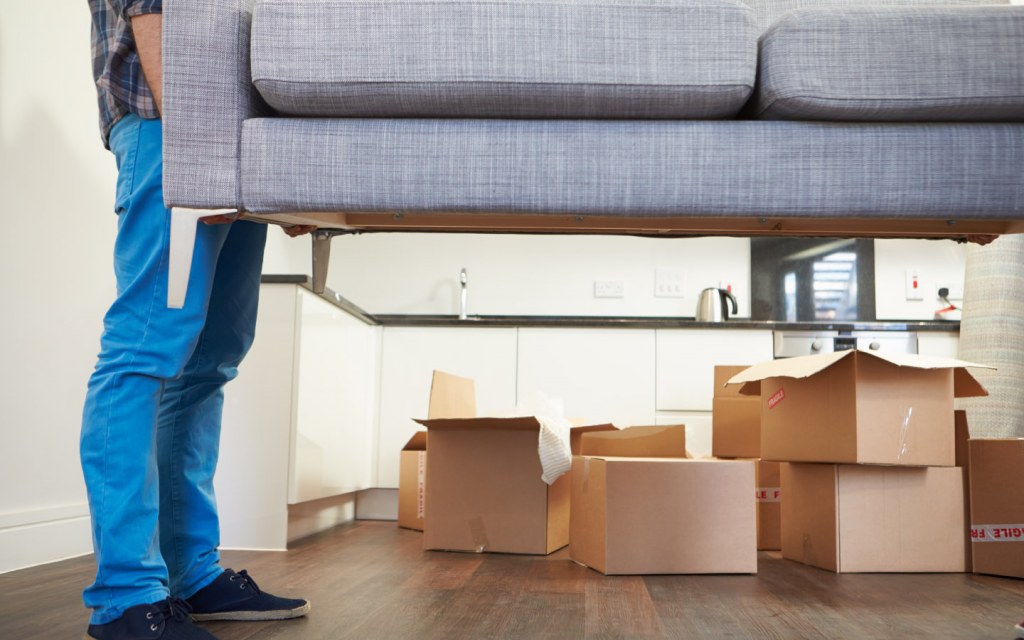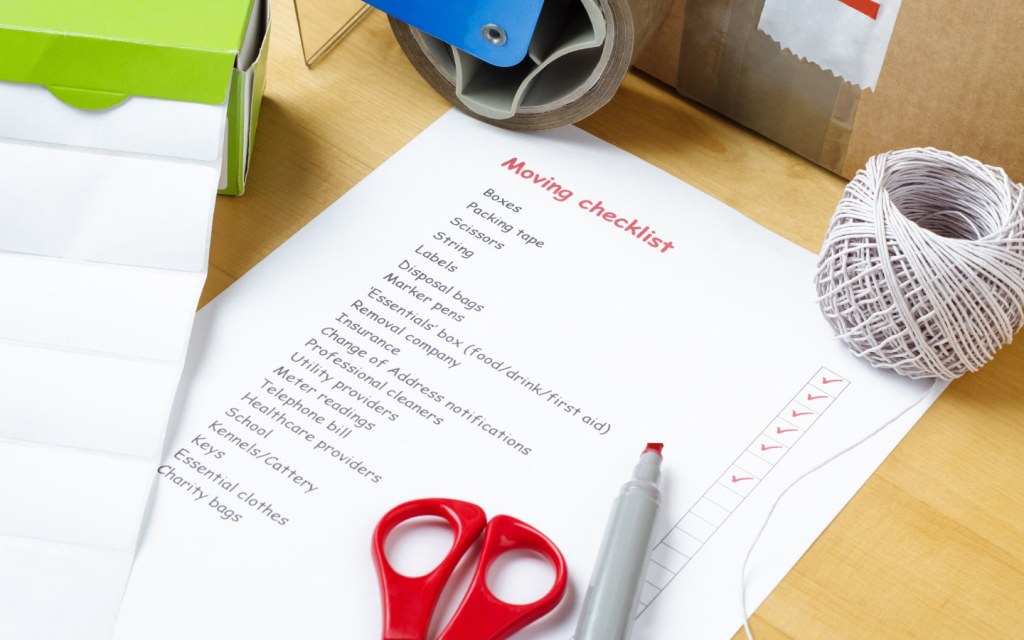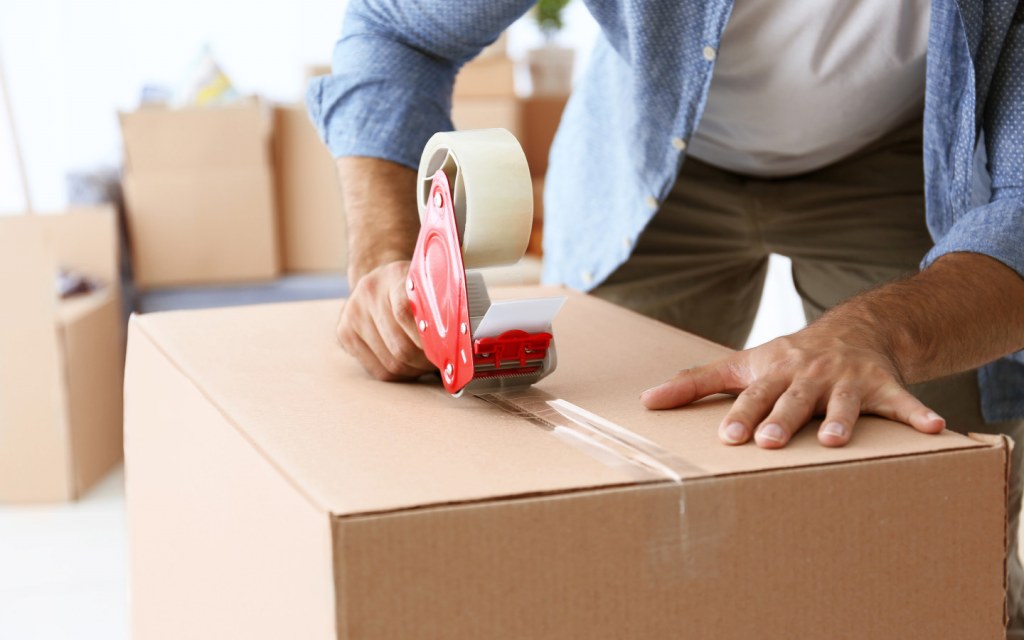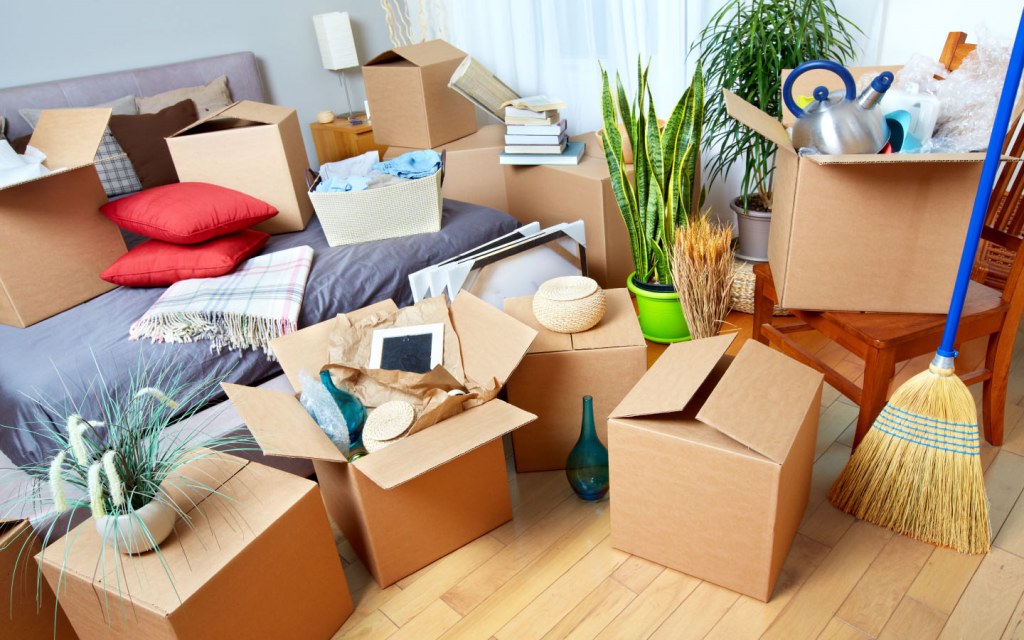An entirely stress-free move, for some, involves calling in professional packers and movers to handle the entire task, while others prefer to conquer the mountainous task on their own with the help of some family members and friends. Irrespective of which route you choose to take, you can make shifting places a lot easier and streamlined with this guide!
Be it a rental property or an ownership one, it is a fact that most of us have experienced moving to a new home at some point in our lives. It goes without saying that the thought of moving furniture, fixtures, and appliances, among others, is the biggest buzzkill associated with buying or renting and moving into a new house. This is where a unique mix of age-old and contemporary tips for moving house can come to your rescue. And, the following four essential steps for moving house can be an excellent starting point for you.
Let’s get moving!
Four Essential Steps for a Stress-free Move
No matter how clever your tips for moving house are, shifting places is nothing short of cumbersome and arduous. So, it becomes all the more important to have a plan for a stress-free move and make the whole process a lot more convenient, systematic, and manageable. This objective can be achieved with:
- Planning
- Preparing
- Packing
- Unpacking
Planning

First off, you will need to devise a carefully planned course of action on what and what not to do when you’re weeks away from moving house. Besides, making sure that any unforeseen complications and procedural confusions are handled beforehand, it would be useful to have a look at the factors that need to be handled in a particular order. Here’s how to begin planning for a stress-free move:
- Prepare a specific budgetary framework to charter the moving process. You can start by assigning a financial limit for all the associated tasks. Right after doing so, make sure to prepare duplicates of the paperwork of your existing and new residences. In case you’re moving from a rental property, give your landlord the due notice that’s mentioned in your contract. Also, do not forget to clear all your pending utility bills and maintenance arrears [if any] for your current property, whether rented or owned.
- The most crucial step in a stress-free move is consulting more than one professional mover or packer to determine pricing, delivery methods, and available booking options. You will need to finalise and appoint a certain company to carry out the task on a particular day and time. You will also need to book an order if you like to have fresh furniture prepared for the new house.
- Commence gathering all your personal belongings, purchase any necessary boxing or packing equipment, and prioritise by starting to wind up essential and inessential items. Additionally, you also need to arrange a temporary parking space at both your existing and future accommodation for loading and off-loading, respectively.
- Send expected change of address notices to the bank, your doctor, postman, your workplace, and other such people who are in direct contact with you. It would be essential to handover the keys of your former house to the owner/caretaker/landlord and acquire those that belong to the new residence to avoid any inconveniences.
Preparation

Done with the first step for shifting home? You will now need to arrange, prepare, and organise the required necessities for the entire moving plan in the second phase. This will require you to decide on the type, size, and quantity of the packing essentials you will need for the move. Moreover, it would be high time to keep day-to-day utilities and dispose of rarely used items since this will help you minimise the financial and physical burden of the move.
It is incredibly important to arrange packing boxes along with the adhesive tape. You can order this stuff online or purchase from your local cardboard store depending on the quality, cost, size, and quantity you require. You should not forget to find and use a soft cushioning material to wrap your ceramics, and other kitchenware as this will prevent any breakages. Additionally, it is also recommended to check the weather conditions and ideal traffic routes prior to the move to avoid any logistics delays and frustrations.
Pro Tip: No one would tell you that moving house with babies can be an entirely different experience. No matter what you do, just be extremely cautious with leaving sharp objects, hazardous chemicals, or any life-threating things around the corner. Over the top of everything, do not get too caught up in packing, you might not want to leave the baby unattended.
Packing

After compiling, arranging, and preparing the suitable prerequisites needed to pack all your personal bearings in the second phase, we will now move to the third step. This will entirely depend on what packing management route you intend to take, whether you prefer to do it on a room-to-room basis or pack items in a categorical order from frequently to rarely used and vice versa. However, you may find it significantly easier to employ a combination of the two by starting to pack your non-essentials and later proceed towards bundling the absolute essentials.
Beginning with packing your non-essentials first, this compilation will feature those items which aren’t used too often or needed immediately such as:
- Kitchen appliances
- Special tableware
- Household ornaments
- Books or photo albums
- Out-of-season apparel and footwear
Next up, you can opt to pack up all the mid-tier essentials in a categorical order, but remember to label each box with a list of contents before taping the boxes shut. These boxes will most likely contain:
- Kitchenware & cutlery
- Small plants
- Wall clocks
- Children’s toys
- Cushions, bedsheets, and blankets
Lastly, but most importantly, it would be ideal to gather and organise all your top-tier essentials into a handy medium-sized box a few days before the move. This will feature all the frequently used items which need to be placed in your own personal transport for immediate accessibility.
- A folder containing all your moving documents
- Medicines
- Toiletries
- Phone chargers and handheld electronic devices
- Cups, glasses, kettle, and a few plates
- Snacks, drinkables, tea bags, and sugar
On a separate note, moving houses can be extra tough during the monsoon season, but you don’t have to worry about that either. You can take advantage of our recently published piece on how to move homes on a rainy day.
Unpacking

You have now reached the final stage of your moving journey and successfully entered your new home. All that is left to do is to unpack everything that you brought with yourself step-by-step. First and foremost, it is recommended to start by assembling the bed, which will be required for rest and relaxation. It would be ideal to follow an unpacking plan opposite to how you commenced packing. Therefore, you will have to unpack the kitchen essentials and frequently used personal items first. It is advisable to also check the readings of your electricity, gas, and water meters, and make a note of them.
We understand that while you’re at it, you might want to unpack everything in one-go, but remember, it isn’t practical and is extremely exhausting. You need to give time to everything, so be patient because unpacking might take the exact time or even longer than it took to pack.
For more tips and tricks related to property management, subscribe to Zameen Blog. Allow us some space on your newsfeed by liking us on Facebook.



